High-Tech Multi-Species Shrimp Farming Model: Billion-VND Investment, Sustainable Profit
Starting his career with manual labor such as driving tractors, plows, and excavators, Mr. Đinh Ngọc Văn (Giao Ninh Commune, Ninh Bình Province) once struggled to make ends meet, with an income barely sufficient for his family. The turning point came in 2014 when he worked at a whiteleg shrimp farm. Realizing the profit potential of shrimp, he patiently learned and meticulously recorded techniques ranging from water management and feeding to disease prevention.
In 2015, with borrowed capital and support from his family, he leased 4,000 m² of land to build his first ponds. The initial crop was a great success, but the second suffered a heavy loss due to polluted water sources. “Back then, I nearly lost everything, but I told myself once I chose this profession, I had to see it through. I spent a lot of time learning everywhere I could, especially how to treat water sources,” Mr. Văn recalled.
From manual farming, he decided to make a bold investment and transition to high-tech shrimp farming: reinforced ponds with concrete walls, HDPE liners, fixed roofing, paddle wheels, automatic oxygenation systems, and water recirculation ponds. By strictly applying water quality standards—ensuring dissolved oxygen, stable pH, proper salinity, and eliminating harmful substances—each pond now yields 3–4 tons per crop, generating profits of hundreds of millions of VND.
What sets his farm apart is the integration of multi-species farming: raising whiteleg shrimp together with juvenile clams and Babylon snails in the same area. “Integrated farming helps make use of leftover feed, reduces pollution, and increases income. For example, uneaten shrimp feed becomes a valuable nutrient source for clams and snails,” he explained.

Today, his 2-hectare farm includes 10 ponds for market shrimp, 3 ponds for clam juveniles, 4 ponds for Babylon snails, 3 ponds for water treatment, and 2 ponds for wastewater treatment before discharge. The entire system is sheltered, minimizing the impact of extreme weather.
Each year, the farm produces 30–40 tons of shrimp, not including clams and snails. Revenue is estimated at VND 4.2–6.5 billion per year, with net profits of about VND 1–1.5 billion after deducting costs for seed, feed, labor, and depreciation. The model also provides stable jobs for three local workers, contributing to coastal community livelihoods.
“High-quality seed and water management are the decisive factors for success or failure. If these two are well-controlled, productivity and shrimp quality remain stable, making economic efficiency easier to calculate,” Mr. Văn affirmed.
According to him, the biggest advantage of the model is its ability to control risks thanks to a closed-loop process and modern technology. Multi-species farming maximizes resource use, reduces waste discharge, and diversifies income, thereby avoiding complete dependence on shrimp prices. However, challenges remain: initial investment costs average VND 3–5 billion per hectare to build ponds, shelters, water treatment systems, and oxygenation equipment; risks of external water pollution; and market price fluctuations, especially during export slowdowns, which can narrow profits.
“This is not a job for the impatient. To succeed, you must be persistent, willing to invest long term, and constantly learn,” he shared. To maintain efficiency, he continuously upgrades techniques, applies energy-saving solutions, recirculates water, and expands integrated farming. His goal is to minimize risks, protect the environment, and develop sustainable aquaculture production.
Source: nguoinuoitom
Aqua Mina's distributor in Japan: REX INDUSTRIES CO., LTD
- Address: 1-9-3 Hishiya-Higashi, Higashi-Osaka 578-0948 JAPAN
- Email: kimakubo@rexind.co.jp
- Phone: +81-(0)72-961-9893
- Website: http://www.rexind.co.jp/e/
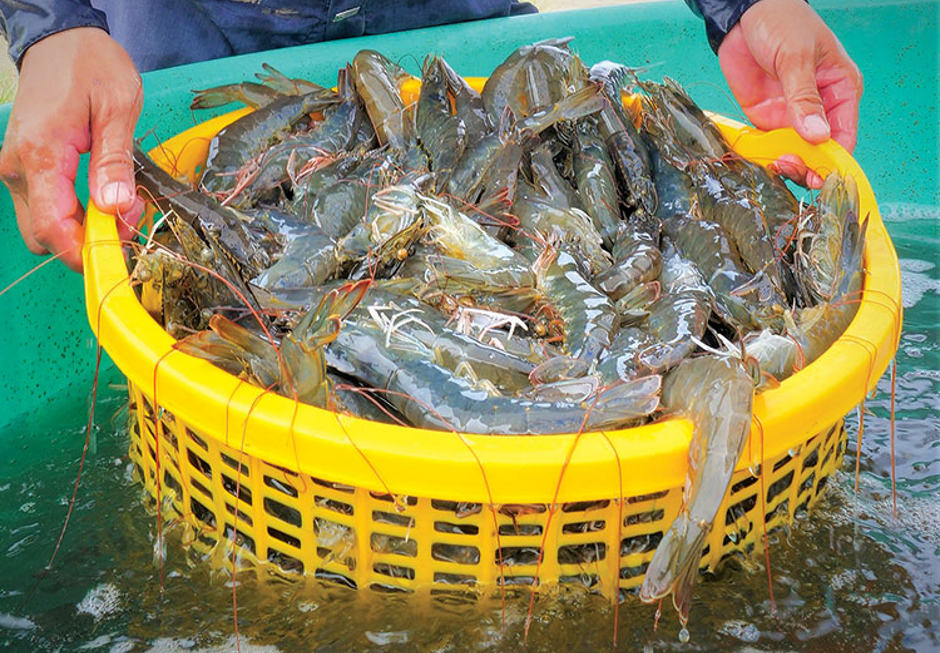
WE WORK FOR YOUR SUCCESS!
Ngày đăng : 29/08/2025
1560 View
Other Articles
Global Shrimp Forum: Global shrimp trade is reshaping
China’s Import Value Up 10%, Vietnamese Shrimp Remains Among Leading Suppliers
After the 7.5-magnitude offshore earthquake in Aomori that injured 34 people, Japan has issued a warning about a potential mega-earthquake
India’s shrimp exports accelerate despite the trade war with the United States
Portuguese food group acquires 18% stake in cod farming company Norcod
Indonesia implements radioactive-free shrimp certification for exports to the United States
India is world’s second-largest shrimp producer. That is now under threat
Ca Mau’s shrimp industry moves towards “green” growth
Floods devastate aquaculture, processing operations in Vietnam
Ecuador Leads Global Shrimp Exports, Surpassing USD 7 Billion in 2025
India's marine product exports rise 16% as new markets offset US dip
Skretting presents the first shrimp feed with insect meal in Vietnam








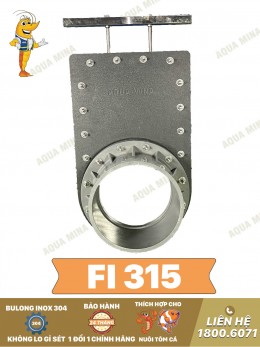
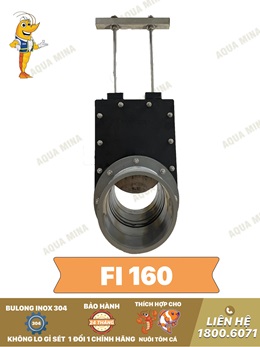


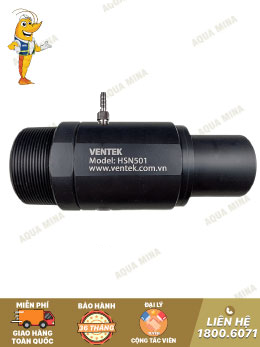
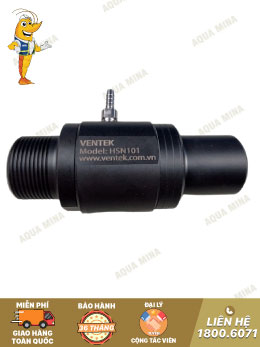

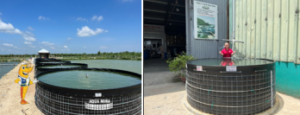
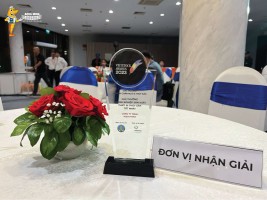


.jpg)